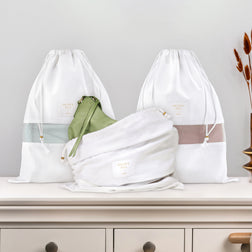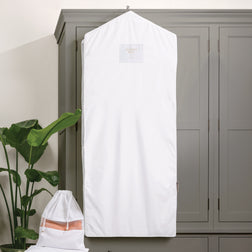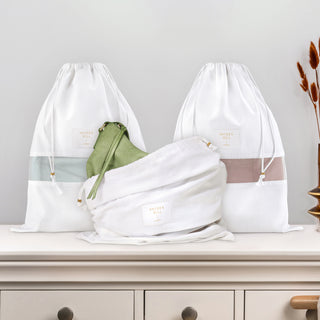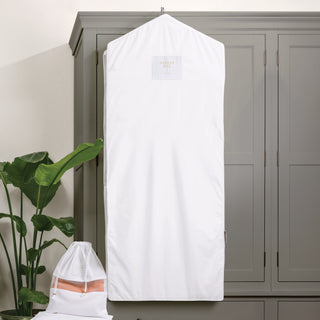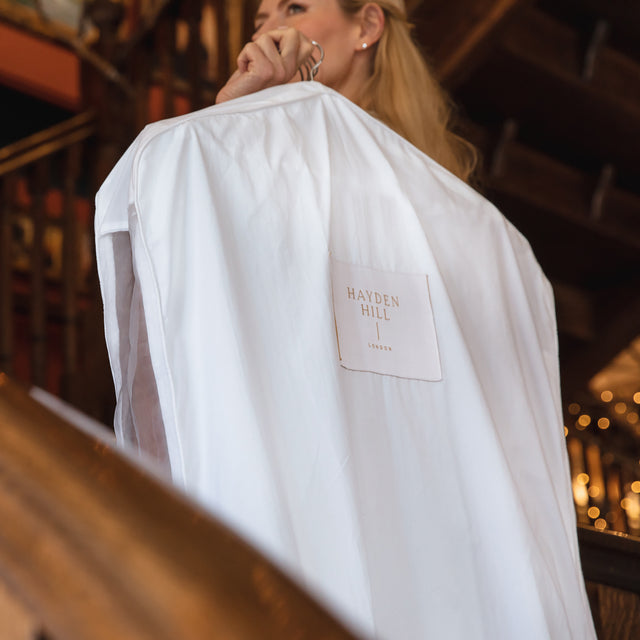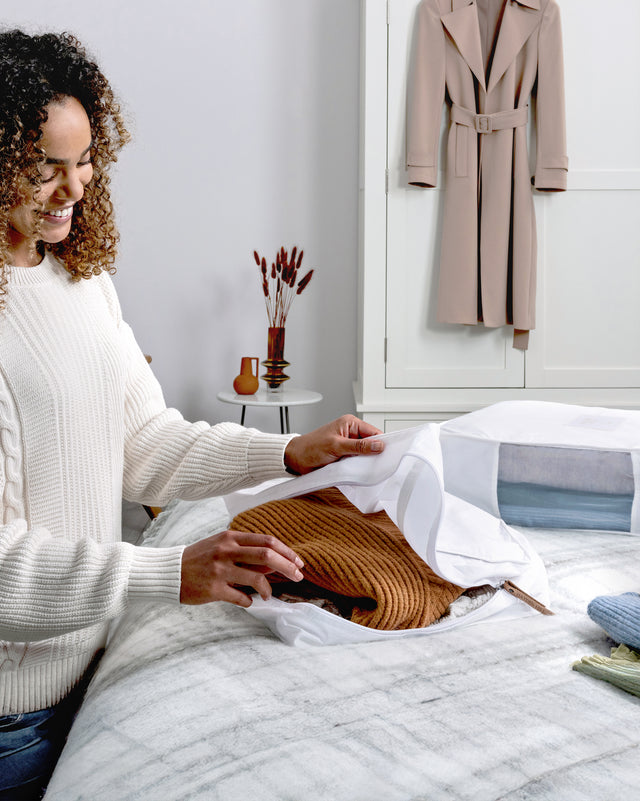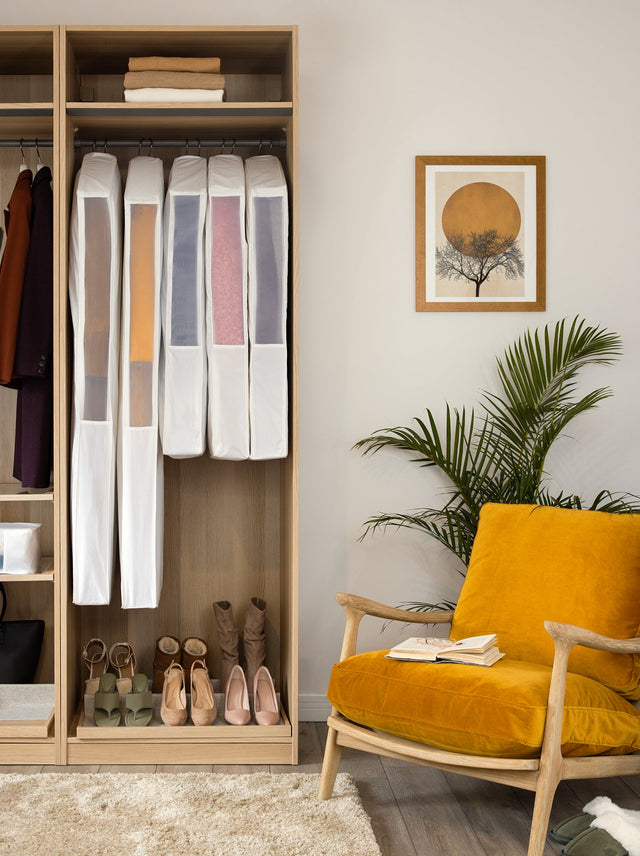When debating whether to use a steamer or an iron, remember that the deciding factor is the contents of your wardrobe. To answer the question of which is better, let’s compare the features of each.
Whether you are a fashion novice or a fashion enthusiast, we can all agree that wearing wrinkled clothing is not ideal if you want to project a polished, stylish image.
What we may not all agree on is how to achieve that look. Some people prefer to use a steamer, while others swear by an iron. Who is right?
To answer the question of which is better, let’s compare the features of each.
What Does a Steamer Do?
The garment steamer is not as much of a household staple as the iron, but it has been around just as long. Steamers are vertical handheld appliances that apply a small amount of moisture to your clothes to remove wrinkles. Its steam works to soften then smooth out fabric without touching your clothing directly, meaning your clothes won’t get damaged.
Steamer temperatures range from 200-400°F and can be applied to a variety of fabrics, including wool, rayon, corduroy, polyester, cashmere, and linen. Steamers can also be used on hard-to-iron items such as upholstery, pillows, and curtains.
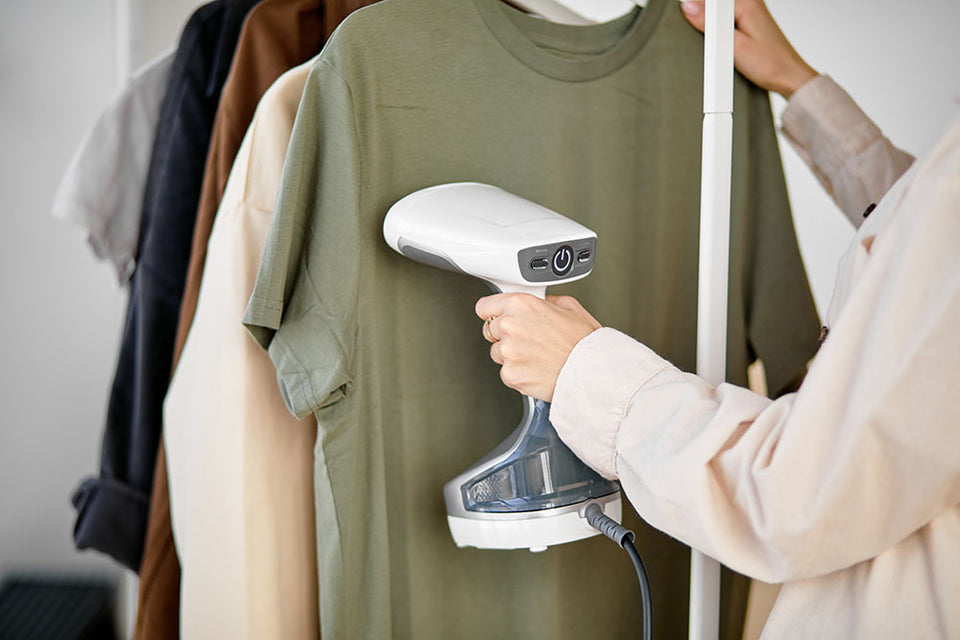
Using a clothing steamer is easy. Simply follow these steps:
- Fill the steamer’s tank with water and plug it in.
- Hang your garment up.
- Turn on the steamer, letting heat build so there is steam in the tank. Once hot, move the steamer downward along the garment to remove any wrinkles.
Pros of a Steamer
- Space saving. One of the main advantages of owning a steamer is that they don’t require an ironing board, saving some space in your home. Plus, many steamer models are portable and can be used when traveling.
- Easy to use. Steamers don’t involve battling an ironing board or turning clothing inside out. Most steamers are also lightweight and easy to wield.
- Removes wrinkles faster. Setting up a steamer is quick and simple, and the device heats up quickly. And, steam works fast to release wrinkles.
- Multipurpose. The heat of the steamer can kill bedbugs, bacteria, and dust mites. Use a steamer for peace of mind wherever you are.
Cons of a Steamer
- Not as effective on deep creases. Although many steamers come with a creasing attachment, a deep-set crease will respond better to an iron because of its weight and pressure.
- Less than perfect results. Ironing your clothing is guaranteed to give you a crisp and clean look. Steaming removes wrinkles, but it does not provide the sharp lines some people like in their clothing. In fact, some deeper wrinkles will remain throughout the day and be visible in daylight.
- Requires more endurance. While steamers are lightweight, holding one for an extended period of time can fatigue your arms if you have many items to steam.
Tips for Perfect Ironing
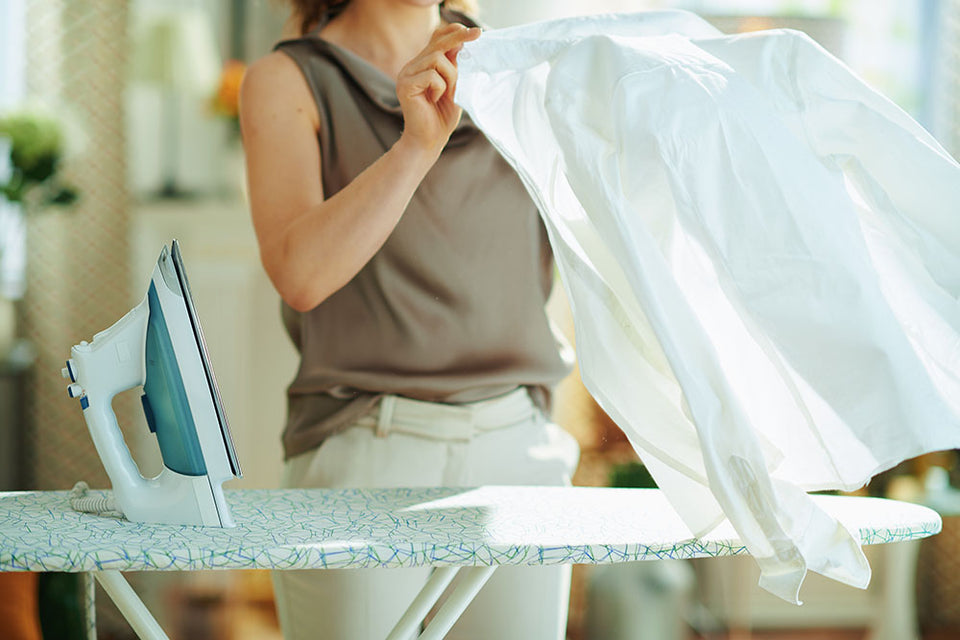
Irons are excellent for heavier fabrics, including twill or Pima cotton. However, they can be difficult to use on pleats, sleeves, ruffles, and embellishments.
But, knowing the right tips and tricks can make ironing easier and more effective.
- If a garment’s fabric is durable such as linen, cotton, or denim, use the steam setting, which will remove more wrinkles and achieve a crisp look.
- Only use distilled water in the iron’s water chamber. This prevents scaling from forming on the iron’s plates, which could leave stains on clothing.
- Different fabrics require different heat settings so read the garment’s care label before ironing to ensure you choose the right temperature for your garment.
- Use a press cloth to reduce the risk of scorching your clothing.
- To prevent burning your garment, don’t let the iron rest in one spot for too long; keep it moving in a circular or back-and-forth motion.
- For best results, iron clothing that is still slightly damp; doing so releases wrinkles more easily than waiting for clothing to completely dry.
Pros of an Iron
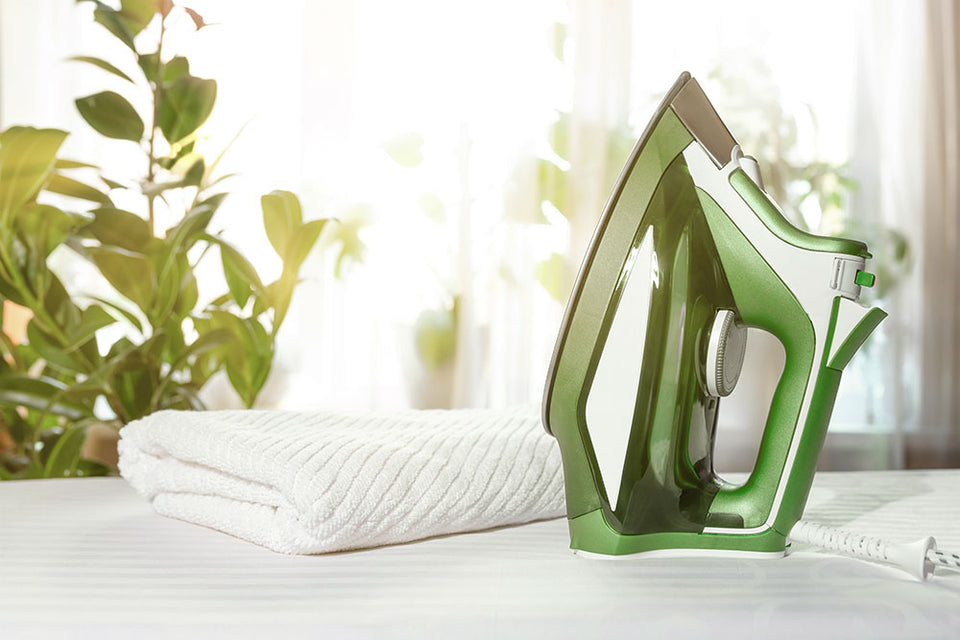
- Sharp and crisp lines. If you are going to an important event or meeting, always choose an iron. Not only does an iron press out stubborn wrinkles, it can put creases in your trousers and suits. You can also use an iron to define ruffles, pleats, cuffs, and hemlines.
- Dry clothing. You get the best of both worlds when purchasing a steam iron. Take your clothing from the washing machine, and then use your iron to dry them. Even delicate items can be dried this way.
- Ideal for heavier fabrics. While steaming is best used on lighter fabrics, ironing is excellent for removing wrinkles and smoothing out denim, canvas, and cotton.
Cons of an Iron
- Requires accessories. When buying an iron, you must also purchase an ironing board, brushes and creasers, and other accessories that are not typically included with the iron. Steamers also require some accessories, but they usually come with these extras.
- Learning curve. It takes practice to become skilled at ironing, and that means you might make some mistakes or damage clothing at first.
- Takes up space. In addition to finding a spot to store an unattractive ironing board, it also requires space to set up the ironing board for use.
Steamer vs Iron: Handle Both With Care
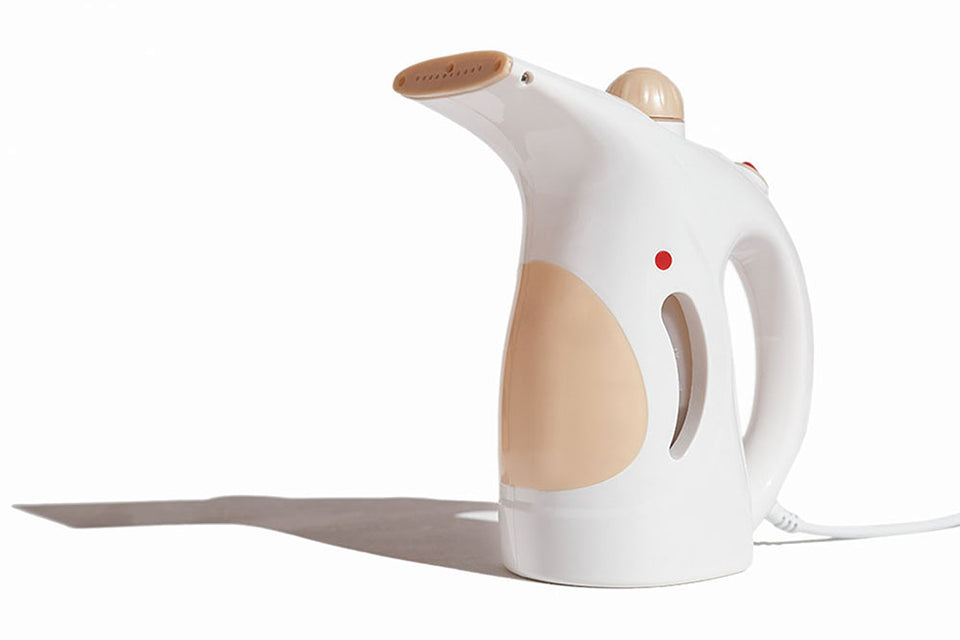
Both steamers and irons can damage your clothing when not used properly. For instance, if you do not use a steamer correctly, you could stretch or shrink the fabric. It is essential that you use the right heat setting for each material type when working with a steamer.
Furthermore, you should always check each garment to be sure it is completely clean and has no stains prior to steaming. Stains will become permanent if steamed.
Irons can be dangerous, too. Like steamers, irons get incredibly hot and should never be left unattended. Irons can also ruin delicate fabrics, such as wool or cashmere. Make sure you keep the iron in constant motion to avoid leaving scorch marks on your clothing.
What to Consider When Buying an Iron
When shopping for an iron, first evaluate the iron’s heat settings, since many materials, like polyester and nylon, need a lower setting than linen or cotton. You may also want to look for a steaming iron, which reduces the risk of damaging your clothing.
What to Consider When Buying a Steamer
An important factor when shopping for a steamer is the item’s size. If you frequently travel, consider a compact size made for portability. Or, if you steam clothing often, purchase a second, larger model for regular use. And, if you plan to steam a lot of items at one time, select a model with a larger water reservoir to avoid frequent water refilling.
FAQs
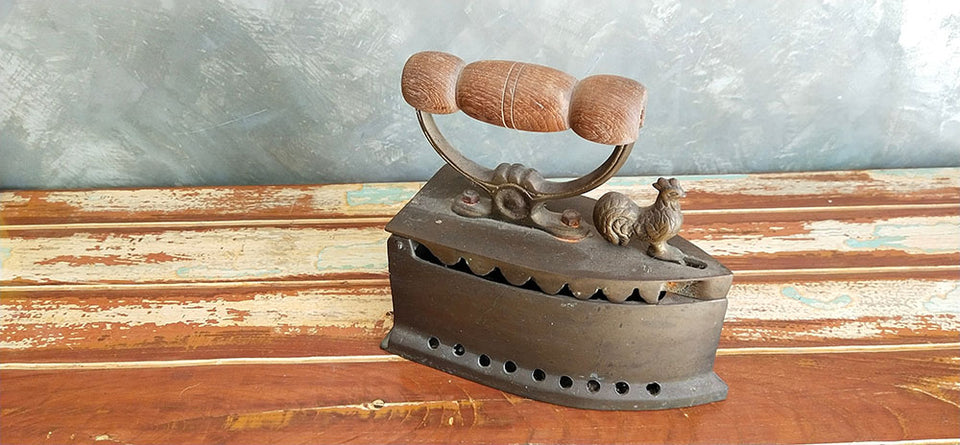
1. Which is better: an iron or steamer?
Both appliances have their advantages. It depends largely on your wardrobe. If you have mainly business attire or heavy fabrics that need clean lines, an iron with a steam function may be better for you. However, if your wardrobe is filled with delicate fabrics, a steamer would be a better fit.
2. Can a steamer replace an iron?
Yes, a steamer can replace an iron, especially if your wardrobe doesn’t include a lot of thick fabrics. Steamers can also be used on furniture and upholstery. Irons have far fewer uses, and ironing boards take up a lot of space.
3. What is the difference between an iron and a steamer?
The main difference between a steamer and iron is how the heat is applied to a garment. Irons apply direct heat to the fabric, which can be problematic for some delicate materials, like wool and cashmere. Meanwhile, steamers produce steam vapors that gently work to loosen wrinkles and make them less noticeable. Because irons apply direct heat to a material, they also can be used to set creases, which steamers cannot do.
4. What fabrics should not be steamed?
There are quite a few fabrics that should not be steamed, including suede, leather, plastic, velvet, and waxed jackets. Such materials are better spot cleaned or taken to a professional dryer. You should also be wary about using a steamer on chiffon, sheer, and silk fabrics; moisture can damage these materials.
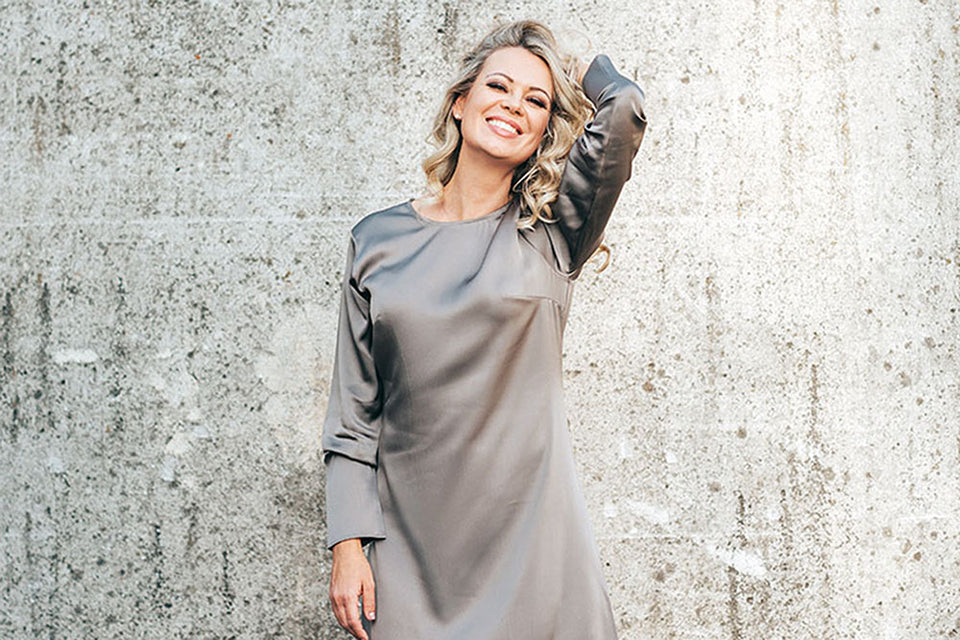
When debating whether to use a steamer or an iron, remember that the deciding factor is the contents of your wardrobe. Heavier fabrics are better ironed, and delicate fabrics should be steamed. Perhaps the best choice for you is to use both. The most important thing is the end result— wrinkle-free, pristine clothing that lets you put your best foot forward in any situation.
